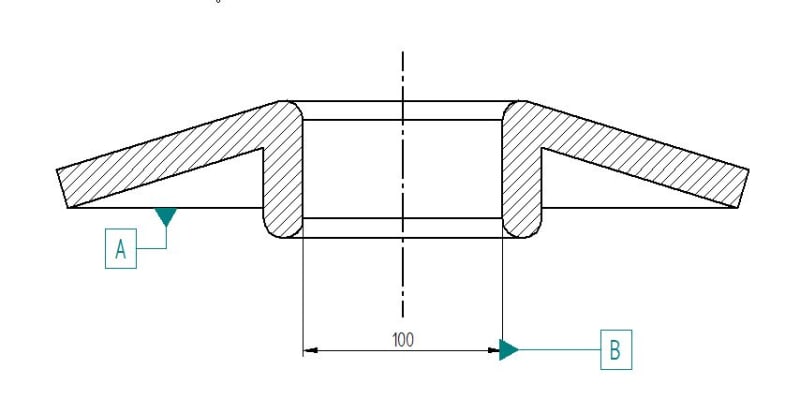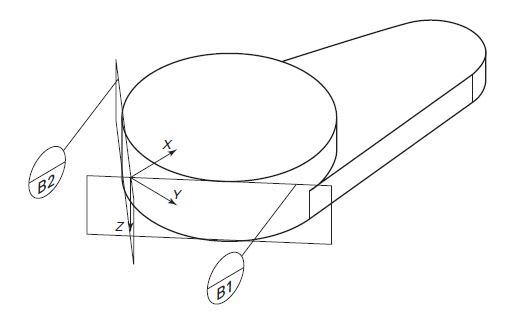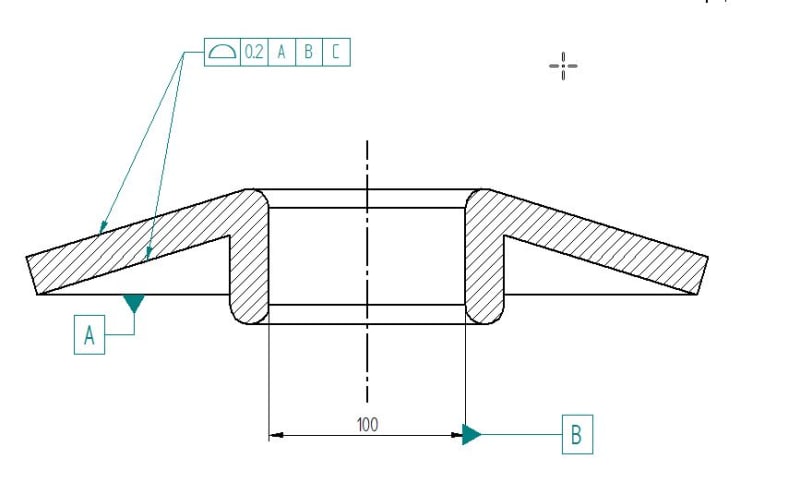filippoGDeT
Automotive
- Aug 20, 2015
- 17
Dear GD&T experts,
I was in trouble to understand if I can define in the drawing a primary datum starting from a datum feature edge.

The particular shape of this washer do not allow me to select a plane as primary datum feature.
I did not find any example so far. Is that correct following ASME Standard ? Is valid at the same for ISO GPS.
Looking forward to read your opinions.
Thanks for helping me.
Filippo
I was in trouble to understand if I can define in the drawing a primary datum starting from a datum feature edge.

The particular shape of this washer do not allow me to select a plane as primary datum feature.
I did not find any example so far. Is that correct following ASME Standard ? Is valid at the same for ISO GPS.
Looking forward to read your opinions.
Thanks for helping me.
Filippo


